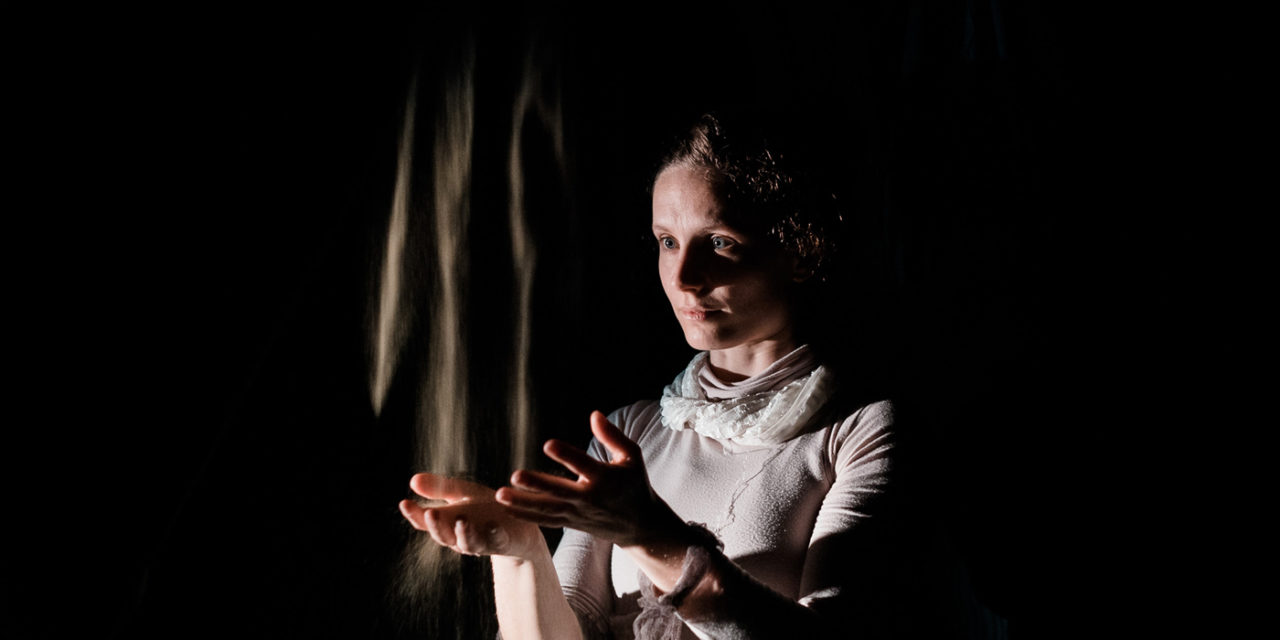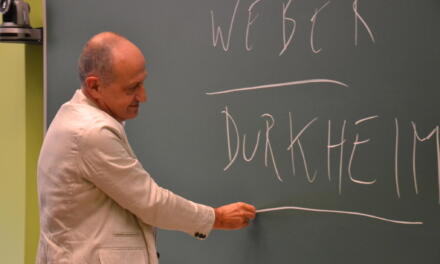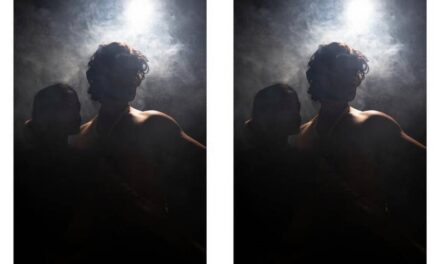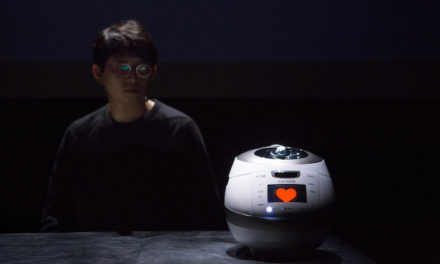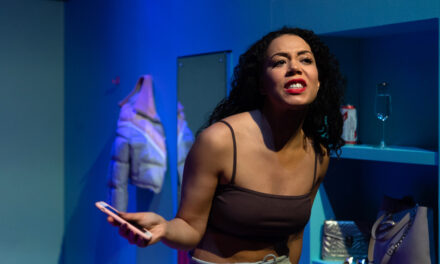On the 19th September 2016, the 123rd anniversary of women gaining the right to vote in New Zealand, a group of theatre practitioners met to discuss the representation of women in New Zealand theatre. Around 100 people attended the two sessions at Circa Theatre in Wellington and there was also a group that met in Auckland the day before. The Circa contingent was made up of predominantly women, of all ages and stages in their careers including actors, directors, designers, writers, producers and academics.
This hui[1] was inspired by several occurrences in the theatre industry both in New Zealand and overseas. In the New Zealand Festival in early 2016, there was an event called “Stand Up And Be Counted.” This event was responding to the fact that The Guardian’s 2015 list of the 101 greatest plays in any western language, only included one living woman playwright. So in a panel conversation at Circa Theatre writer, Emily Perkins asked Lorae Parry, Miria George, Lynda Chanwai-Earle and Rachel Callinan if New Zealand’s women playwrights are invisible as well.
Also this year, on the other side of the world, the director of the National Theatre in London Rufus Norris has committed his organisation to achieve gender equality by 2021. When unveiling his new season of work Norris said, “We would hope by 2021 that we get to a stage with directors and living writers where we have a 50:50 gender balance.”[2] Back in New Zealand, Playmarket, our national playwriting agency, released research this year that surveyed what was being performed in our major producing theatres, for the five year period 2011-2015. Of the 348 professional productions only 28% of them were written by women. Leaving the other 72% to be dominated by men.
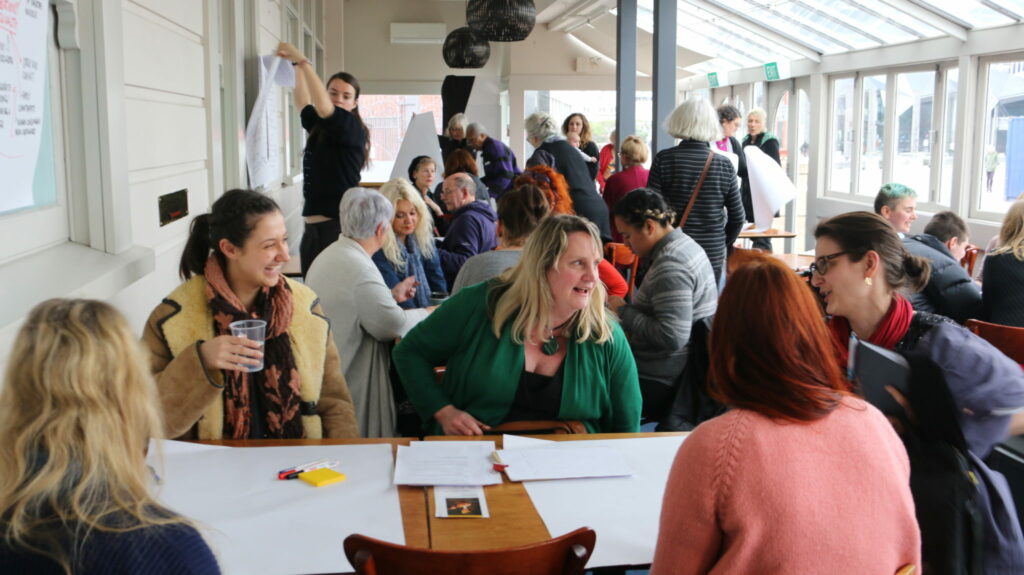
The Women’s Theatre Hui at Circa Theatre. Photo credit Nic Lane
New Zealand’s whole theatre history is in fact dominated by men, perhaps that’s not surprising when you consider that all of our theatre history books are written by men. There are so many New Zealand plays (devised or scripted) that are considered canonical, or are held up as a reflection of our national identity, that is from a male perspective. And the women are in the background as wives, girlfriends, mothers and daughters.
This is not just a problem that belongs to the past either. Just recently The Pop-Up Globe in Auckland announced that of their four Shakespeare productions this summer, two of them will feature an all-male company, despite the fact that they were bombarded with applications from women aged 20-35.[3] This lack of representation on our stages, this lack of diversity has to stop. New Zealand playwright Renée once said in an interview, “…every woman you meet has a story.”[4] We need to hear those stories. Otherwise, our theatre suffers.
So, on Suffrage Day in 2016 New Zealand theatre practitioners came together to incite change. People were welcomed to each session at Circa Theatre by the organisers and the issues were brought to the fore by introductory presentations by Kate JasonSmith and myself. Following this, everyone broke into small discussion groups led by a convenor to identify the key barriers to achieving gender equality in our industry. After sharing these thoughts, the groups then went back, honed their ideas and devised possible solutions and actions that could be taken. From this, a number of working groups were formed around the different possible actions, with the intention being that they will work together to make change happen. Some of these groups included:
– Lobbying and Advocacy, which will campaign for gender-neutral roles, create and advocacy network and lobby for more women on theatre councils and boards;
– Kaupapa, which has a focus on creating child-friendly spaces and looking for ways to support practitioners who are parents;
– Research, where we will do a stocktake and create a database of information about women’s roles in New Zealand Theatre;
– Quotas and Women’s Festivals, which will encourage New Zealand theatres to increase their quotas for women’s plays and personnel, and investigate setting up a festival of women’s theatre in New Zealand.
These groups also have a new goal as they move forward because another hui has already been scheduled for 11th March 2017, just after International Women’s Day. This event looks likely to be much larger and may include speakers, workshops and performances. Circa Theatre in Wellington is also hosting a fortnight of women’s theatre to coincide with this event.
The momentum initiated by this hui and the impending one next year needs to be carried forward. So that perhaps by 2021 we will be able to join the National Theatre in London and say that if you go to any theatre in New Zealand, you will see that we have gender equality here in Aotearoa.
[1] Hui is a Māori word meaning gathering or assembly.
[2] Hemley, Matthew. “National Theatre commits to gender equality by 2021.” The Stage. 3 Feb. 2016. Web. 4 Nov. 2016. <https://www.thestage.co.uk/news/2016/national-theatre-commits-to-gender-equality-by-2021>
[3] Irish, Laura. “Where art thou women? On the Pop-Up Globes regressive casting decisions.” The Spinoff. 4 Nov. 2016. Web. 4 Nov. 2016. < http://thespinoff.co.nz/society/04-11-2016/where-art-thou-women-on-the-pop-up-globes-regressive-casting-decisions>
[4] Renée, qtd in Dale, Judith. “Women’s theatre and why.” Australasian Drama Studies. 18 (April 1991): 159-182. Print.
This post was written by the author in their personal capacity.The opinions expressed in this article are the author’s own and do not reflect the view of The Theatre Times, their staff or collaborators.
This post was written by Hannah Banks.
The views expressed here belong to the author and do not necessarily reflect our views and opinions.

